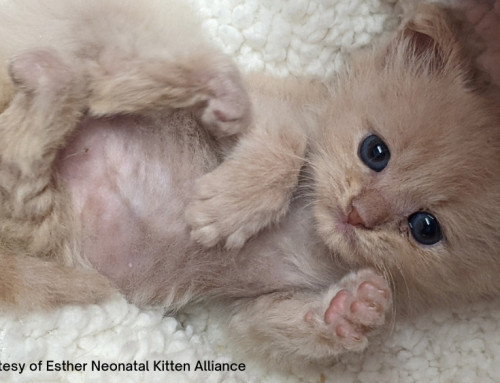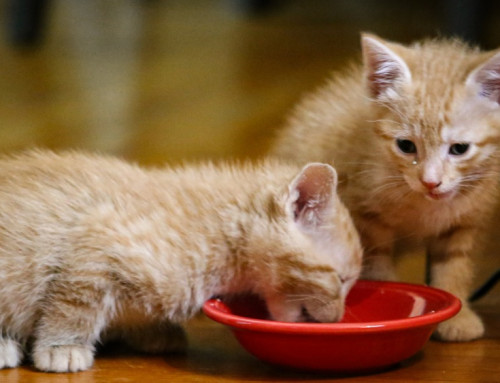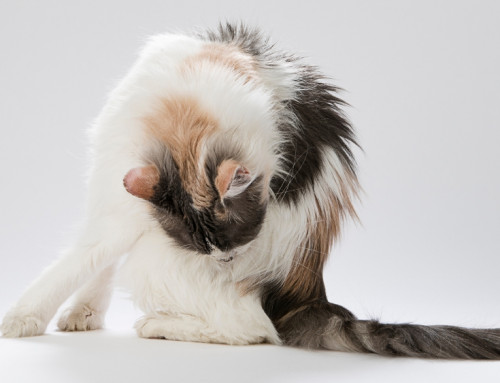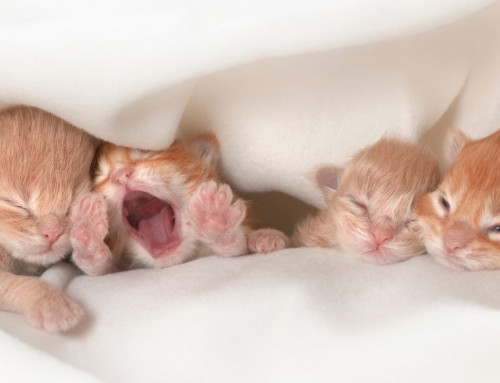Share this resource or email it to a friend!
Have you ever wondered what makes one thermometer better than another when it comes to taking a kitten’s temperature? Now’s the time to find out, and get a thermometer. Kittens younger than four weeks of age cannot self regulate their body temperature, and having the right thermometer at the right time can mean the difference between life and death.
Consider these options when purchasing a thermometer for use with kittens.
Avoid using “old-fashioned” mercury and glass thermometers because of the risk of breakage and mercury exposure. Avoid an ear thermometer because 1) the pinnae or outer ears of kittens under ~3 weeks of age are still closed and 2) kittens have a somewhat L-shaped, curved ear canal; both of these factors make it difficult to impossible to get an accurate reading with an ear thermometer.
A digital rectal thermometer is your best choice. Here’s what to look for:
- flexible, thin diameter tip
- quick response that will register a temperature in 5-8 seconds – or faster!
- digital readout in Fahrenheit and Celsius. Consider, too, the size of the readout area as, in general, larger readouts are easier to see.
The combination of a flexible tip and a quick read will make taking a temperature, especially on squirmy kittens, much easier and less stressful for everyone. Don’t forget to lubricate the tip so the thermometer slides in easier; always be gentle when inserting the thermometer.
Finally, consider clean up. Many thermometers come with thin, plastic, disposable cover sleeves that fit over the tip. These prevent fecal matter from coming in direct contact with the thermometer. Once you’ve tossed the plastic cover sleeve, you’ll still want to clean and disinfect the thermometer after each use with a cotton ball soaked in 60% to 90% rubbing alcohol or a disinfectant bleach wipe. Always allow the thermometer to dry before using it again.
By having the right thermometer for the job and learning ahead of time how to safely use it, you’ll be ready to confidently and successfully take a kitten’s temperature – no ifs, ands, or butts!










